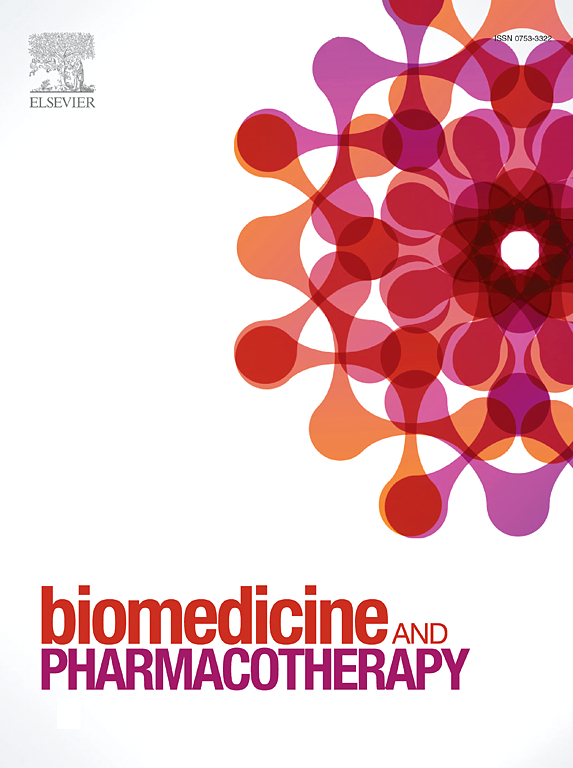Aspalathin, a key flavonoid in rooibos, restores STAT6-mediated immune dysregulation in atopic dermatitis
IF 6.9
2区 医学
Q1 MEDICINE, RESEARCH & EXPERIMENTAL
引用次数: 0
Abstract
Atopic dermatitis (AD), a chronic inflammatory skin disease whose incidence is increasing worldwide, requires the development of alternative treatments due to limited treatment options and concerns about side effects of therapeutic agents. Aspalathin (ASP) is the primary flavonoid found in rooibos, an herb traditionally used for allergies and eczema, accounting for over 40 % of the total flavonoid content, especially in its unfermented state (Green rooibos). This research conducted a thorough investigation into the pharmacological properties of ASP on AD, emphasizing local responses via activated keratinocytes, systemic responses involving T cells and basophils, and an integrated assessment using an AD mouse model. Topical application of ASP significantly reduced AD phenotypes, including erythema, scaling, and increased skin thickness, in AD mouse model. Histological analysis indicated a decrease in the infiltration of immune cells in skin lesions. Moreover, ASP down-regulated inflammatory markers, including T helper (Th)1 and Th2 cytokines, in both skin tissues and activated mouse T cells. In particular, ASP significantly reduced serum immunoglobulin (Ig)E and IgG2a levels. ASP suppressed the expression of cytokines linked to allergy and inflammation in T cells, basophils, and keratinocytes. Mechanistically, ASP exhibited anti-inflammatory properties by inhibiting STAT6 and NFAT1 activation in AD mouse skin and in activated T cells, basophils, and keratinocytes. In conclusion, ASP displayed pronounced effectiveness in relieving AD by sophisticated modulation of immune responses across both local and systemic domains. These findings highlight ASP's promise as a therapeutic intervention for AD, providing a solid scientific basis for future exploration and development.
求助全文
约1分钟内获得全文
求助全文
来源期刊
CiteScore
11.90
自引率
2.70%
发文量
1621
审稿时长
48 days
期刊介绍:
Biomedicine & Pharmacotherapy stands as a multidisciplinary journal, presenting a spectrum of original research reports, reviews, and communications in the realms of clinical and basic medicine, as well as pharmacology. The journal spans various fields, including Cancer, Nutriceutics, Neurodegenerative, Cardiac, and Infectious Diseases.

 求助内容:
求助内容: 应助结果提醒方式:
应助结果提醒方式:


